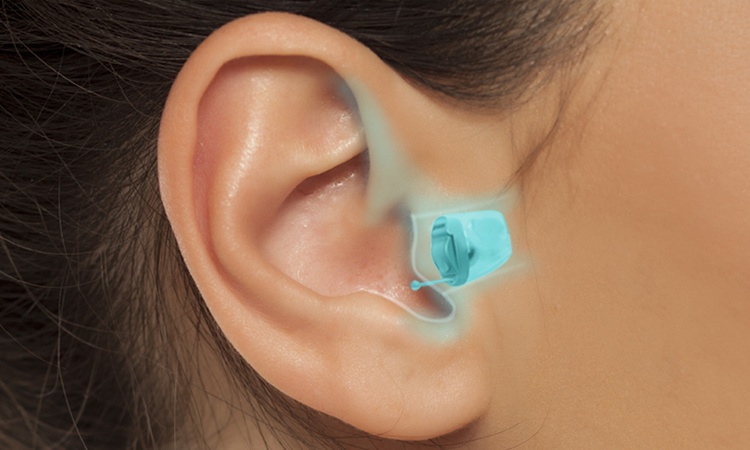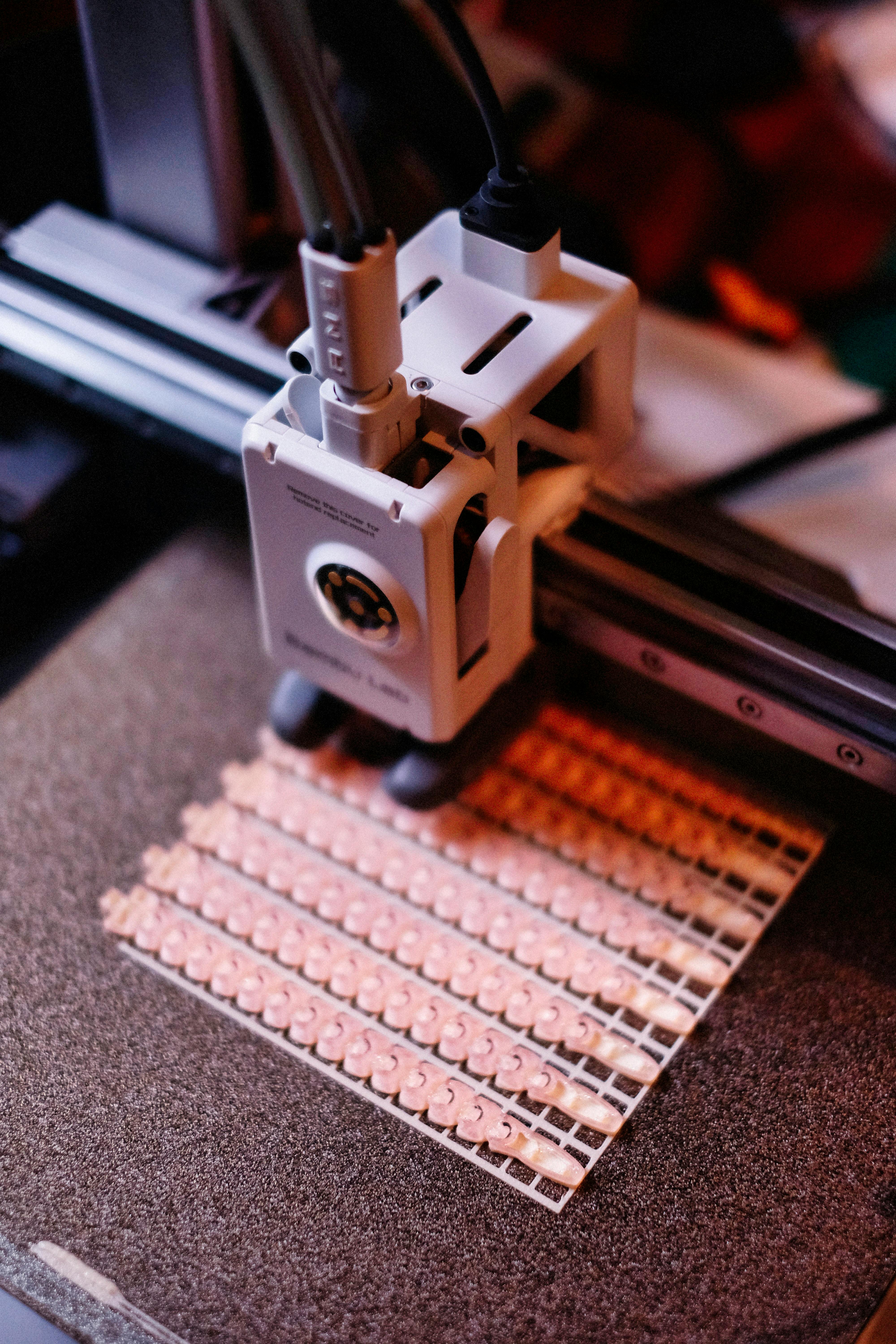Adaptive Audio: The Next Frontier in Personal Sound
In an era where personalization reigns supreme, our auditory experiences are poised for a revolutionary upgrade. Imagine headphones that not only cancel noise but adapt to your surroundings, mood, and physical state in real-time. This isn't a far-off dream—it's the emerging reality of adaptive audio technology. As we dive into this cutting-edge realm, we'll explore how these smart sound systems are reshaping our relationship with audio, promising a future where our listening experience is as dynamic as the world around us.

The advent of more sophisticated sensors, machine learning algorithms, and advanced signal processing has paved the way for truly adaptive systems. These new technologies allow headphones to not just block noise, but to intelligently analyze and respond to both external and internal factors.
How Adaptive Audio Works
At its core, adaptive audio relies on a complex interplay of hardware and software. Modern headphones equipped with this technology feature an array of sensors including accelerometers, gyroscopes, and even biometric monitors. These sensors continuously gather data about the user’s environment and physical state.
This raw data is then processed by onboard AI algorithms that make split-second decisions about how to adjust the audio output. For instance, if the system detects that you’ve started jogging, it might boost bass frequencies to match your elevated heart rate. If you enter a noisy subway station, it could automatically increase noise cancellation levels.
The User Experience Revolution
The impact of adaptive audio on the user experience cannot be overstated. Gone are the days of fumbling with EQ settings or toggling between noise cancellation modes. These smart systems promise a seamless, hands-free audio experience that’s always optimized for your current situation.
Imagine walking down a busy street and being able to hear important sounds like car horns or bicycle bells, while still enjoying your music. Or picture a pair of earbuds that can detect when you’re speaking and automatically lower the volume or pause your audio. These are just a few examples of how adaptive audio is redefining what we expect from our personal audio devices.
Health and Wellness Applications
Perhaps one of the most exciting aspects of adaptive audio technology is its potential impact on health and wellness. By incorporating biometric sensors, these devices can do more than just play music—they can actively contribute to our well-being.
For instance, some prototype systems can detect stress levels through heart rate variability and respond by playing calming sounds or guided meditations. Others are being developed to help with hearing impairments, dynamically adjusting audio frequencies based on the user’s specific hearing profile.
The Market Landscape
As with any emerging technology, the adaptive audio market is still taking shape. Major players like Apple, Sony, and Bose are investing heavily in research and development, with early products already hitting the shelves. While precise pricing can vary widely, consumers can expect to pay a premium for these advanced features, with high-end models likely ranging from $300 to $500.
The market impact of adaptive audio is expected to be significant. According to recent industry reports, the global smart headphone market is projected to reach $21.2 billion by 2026, with adaptive technologies playing a key role in driving this growth.
Challenges and Future Developments
Despite its promise, adaptive audio technology faces several challenges. Battery life remains a concern, as the additional sensors and processing power required can drain energy quickly. There are also privacy considerations, given the amount of personal data these devices collect and process.
Looking ahead, we can expect to see even more sophisticated adaptive systems. Future iterations might incorporate augmented reality elements, providing contextual information based on what you’re listening to or where you are. There’s also potential for these devices to integrate more seamlessly with other smart technologies, creating a truly interconnected personal audio ecosystem.
As adaptive audio technology continues to evolve, it’s clear that we’re on the cusp of a new era in personal sound. From enhancing our daily listening experiences to contributing to our overall well-being, these smart systems are redefining what’s possible in the world of audio. While challenges remain, the potential benefits are immense, promising a future where our audio devices don’t just play sound, but actively shape our auditory world.





